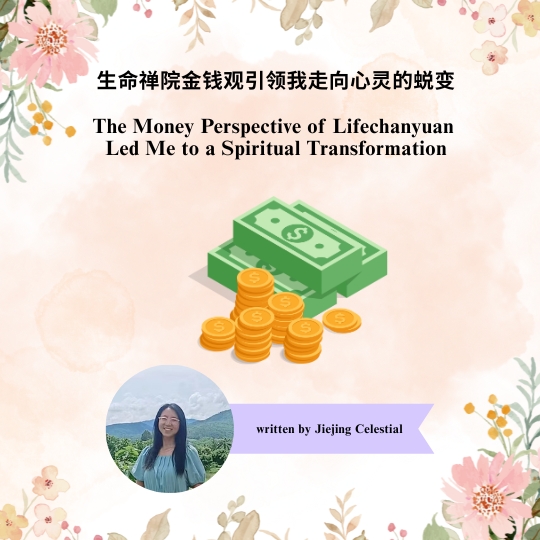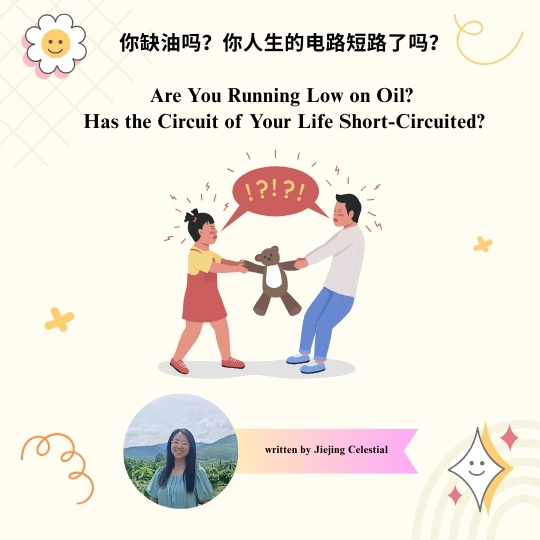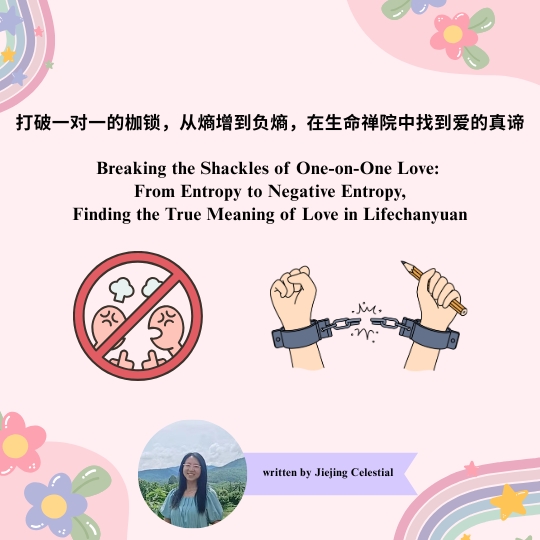|
Half a century of the Yamagishi Association

The Yamagishi Association, which is described by some as a small communist society within capitalist world, has been established for more than 51 years. Its objectives are "to seek harmony between nature and human beings (i.e. harmony between the heaven, the earth and human beings) and to bring about a prosperous, healthy human society that is intimate, peaceful, tranquil and comfortable." The aim of so-called Yamagishi-ism is to "bring about a society in which every person finds happiness". With a holistic worldview that emphasizes harmony between human beings and between human beings and nature, the Yamagishi Association advocates abolishing private property completely. Believing that all tangible and intangible property and objects (including human beings) in the universe do not belong to any particular person, nor should they be owned by any collective or nation, members of the Yamagishi Association seek to attain the state of "owning nothing" and "not clinging to the concept of self" by eliminating all egoistic thoughts. Through group discussions, criticisms and self-criticisms, the Yamagishi people study in depth and work towards strengthening the primary ideas of the community, and through their everyday practice, work hard to bring about "a holistic society where one owns nothing".
Kasugayama Village
In recent years, people from Mainland China and Taiwan are among the many visitors of Kasugayama Village. Even the Chinese embassy and Chinese media have been visiting it regularly. When asked about the nature of their community, some Yamagishi people assert that "it is neither a capitalist nor a communist society. However, some admit that ultimately they are practising communism.
Yamagishi Miyozo (1901–1961), the founder of the Yamagishi Association, was from Shiga Prefecture. From when he was small, Yamagishi would sit back and reflect on social problems. Witnessing human conflicts and suffering brought by inequalities, Yamagishi made up his mind to bring about change by building an ideal society where there was no private property and where people lived in peace as one family. Believing that nature and human efforts could jointly bring about a sustainable society, Yamagishi invented new ways to raise chickens in rice fields. His invention was very much welcomed by farmers. To promote his way of raising chickens and to make use of it to publicise his ideas, he and two dozen of his followers set up an organisation in March 1953 to propagate the Yamagishi method of raising chickens. The Yamagishi Association was also set up. The word Yamagishi was derived not only from the family name of its founder. The han characters that compose the Japanese name Yamagishi are shan and an. The former means "hill" and represents "majestic ideals" while the latter means "the shore" which may represent "the other shore". In 1961 the first Yamagishi jikkenji , Kasugayama Village, was established at Iga, Mie Prefecture. Yamagishi members live a collective life in jikkenji to experience the true meaning of Yamagishi-ism. Since then, the successors of Yamagishi have continued to develop the collective project founded by Yamagishi Miyozo.
Yamagishi villages differ in size
The Yamagishi Association now has over 39 jikkenji all over Japan. All jikkenji are called "villages", and people living in the villages are called "villagers". There are big and small villages. The big ones have over a thousand villagers while small ones may have only one family with only a few villagers. The Association owns about 1,080 hectares of land in Japan. Outside Japan there are a total of seven jikkenji, in Thailand, South Korea, Australia, Switzerland, USA and Brazil, and they own a total of 1,200 hectares of land. There are about 30,000 members in the organization, and around 2,000 villagers in all jikkenji. The total number of people who have taken part in tokkoh (special talks) —has exceeded 100,000. Anyone who wants to join a jikkenji has to take part in a tokkoh that lasts for seven nights and eight days. To challenge the ways of thinking a participant is used to, the facilitator of a tokkoh will keep asking him/her questions that seem illogical or whose purpose is difficult to grasp. (For details please read note 5.)
Villagers of jikkenji are mainly engaged in agriculture and husbandry. The farms for raising chickens, pigs and cows are big, advanced and modern. Rice, vegetables, fruit trees and tea trees are cultivated. The farms are very well equipped and there are all kinds of food processing activities. Toyosato Village in Mie Prefecture is the largestjikkenji. Yamagishi villages produce over 30 products and the total sales each year are up to5 billion yen.
A community without class
People in the Yamagishi Association treat each other equally. Everyone does what he/she is good at and performs his/her best without thinking about personal rewards. Yamagishi villagers do not lack anything materially but they uphold a thrifty and simple way of living. In Toyosato Village, there are a canteen, a home for the elderly, a clinic and a laundry. There is a kindergarten for children. When children return from the kindergarten, they spend time with other children in the children's building, studying, playing and doing physical exercises together. In the children's building there is a dormitory, a library, a reading room, a room for kensan, a music room, a painting room, a room for film shows, a baseball court, a running track, an indoor stadium and an indoor swimming pool. The standard of material well-being that the Yamagishi Association strives for is to meet only the basic needs of its members, but the standard of spiritual well-being they strive for is very high. Spiritually they strive for freedom, equality, peace and harmony.
|  Value 11 of 800 Values for New Era Humans+ ChatGPT Translation
[youtube]ysEi_eF
Value 11 of 800 Values for New Era Humans+ ChatGPT Translation
[youtube]ysEi_eF
 The Money Perspective of Lifechanyuan Led Me to a Spiritual Transformation
Jiej
The Money Perspective of Lifechanyuan Led Me to a Spiritual Transformation
Jiej
 The Magical yet Simple Life in the Second Home – Welcoming Two Friends from the
The Magical yet Simple Life in the Second Home – Welcoming Two Friends from the
 4 Questions from an American Visitor, Guy, About My Life in Lifechanyuan Thailan
4 Questions from an American Visitor, Guy, About My Life in Lifechanyuan Thailan
 Are You Running Low on Oil? Has the Circuit of Your Life Short-Circuited?
Jieji
Are You Running Low on Oil? Has the Circuit of Your Life Short-Circuited?
Jieji
 Breaking the Shackles of One-on-One Love: From Entropy to Negative Entropy, Find
Breaking the Shackles of One-on-One Love: From Entropy to Negative Entropy, Find


 Post time 2018-01-23 15:33:01
Post time 2018-01-23 15:33:01



